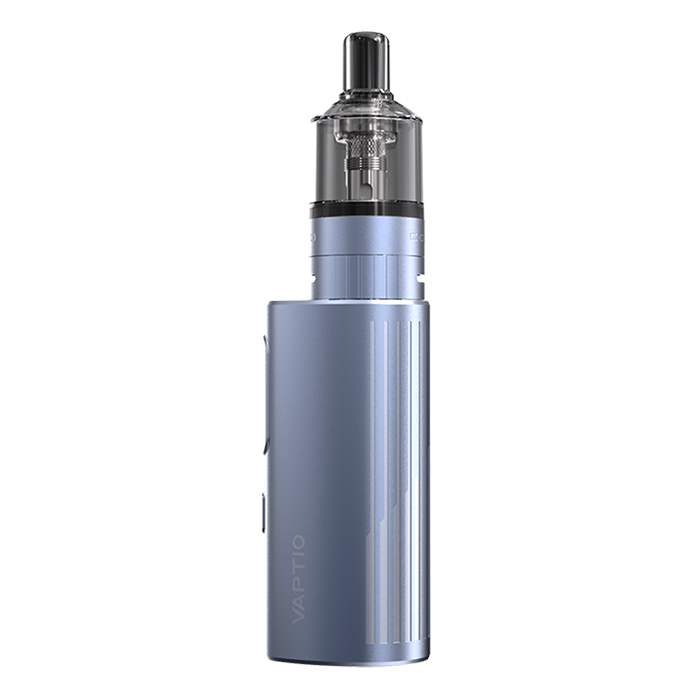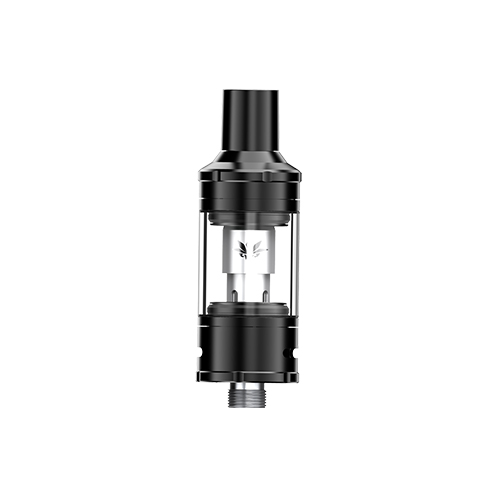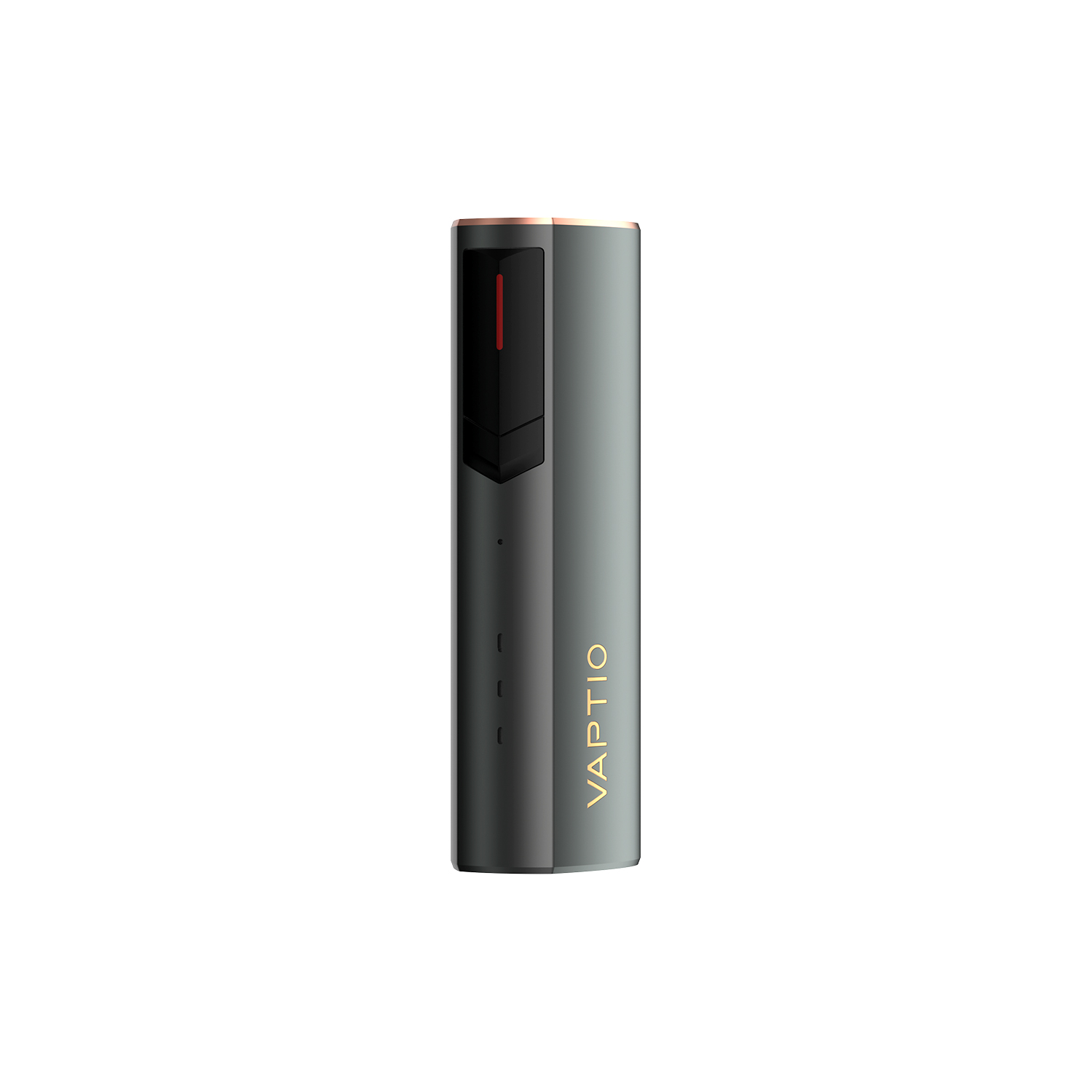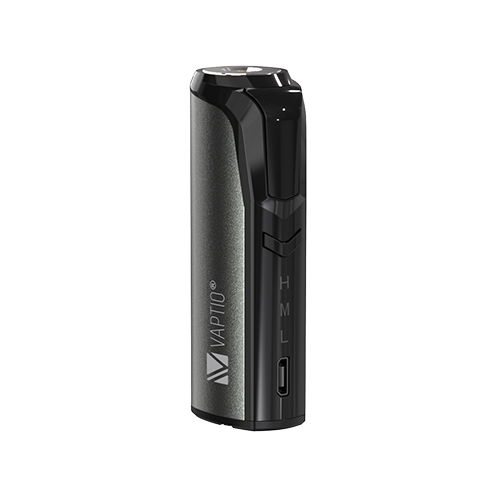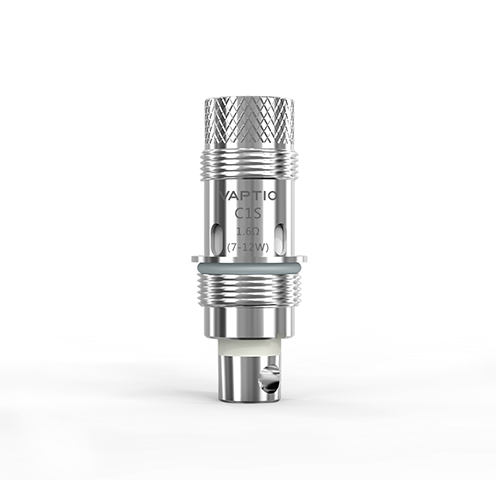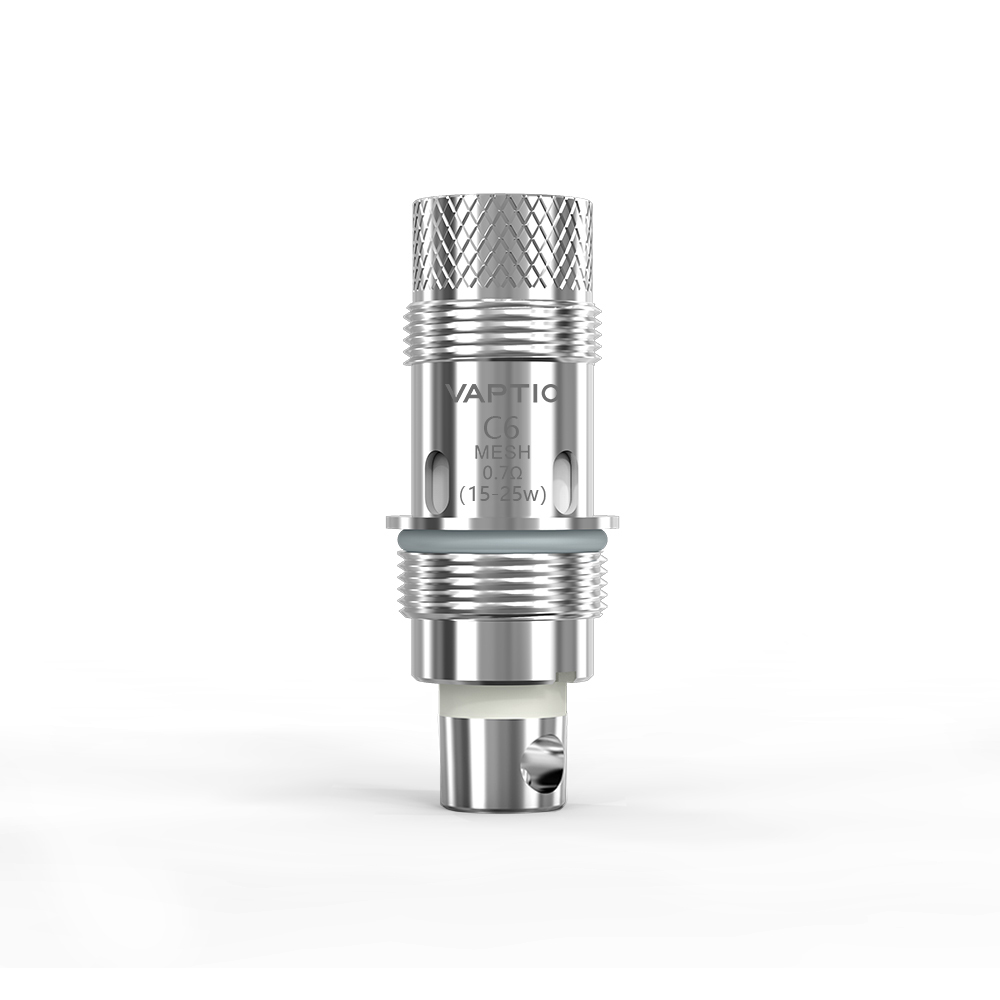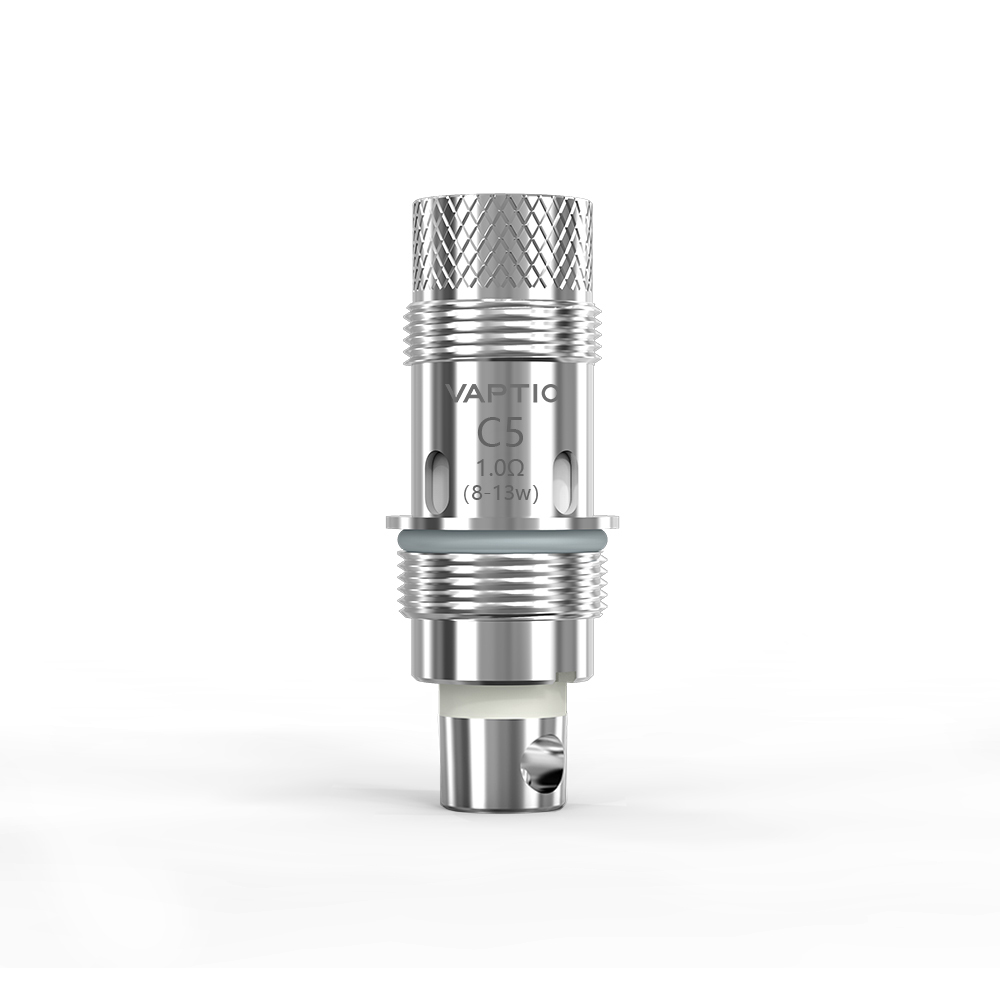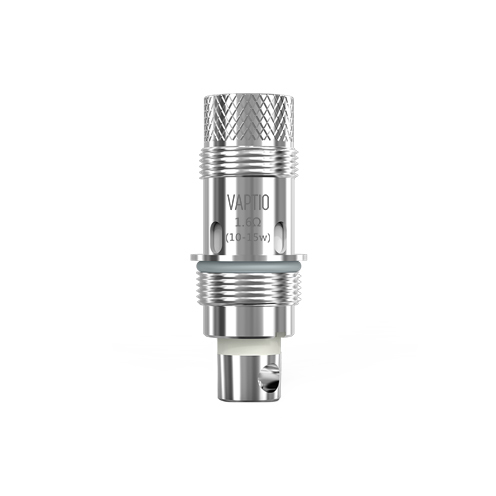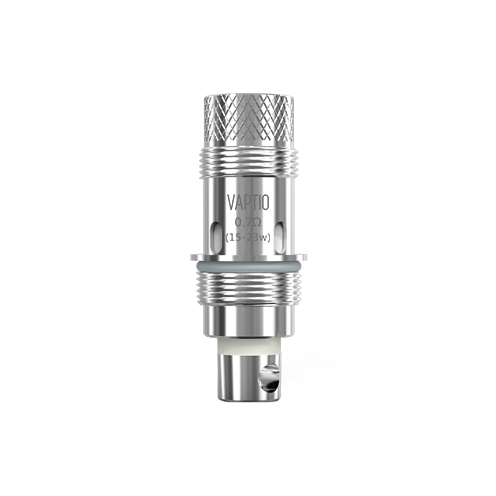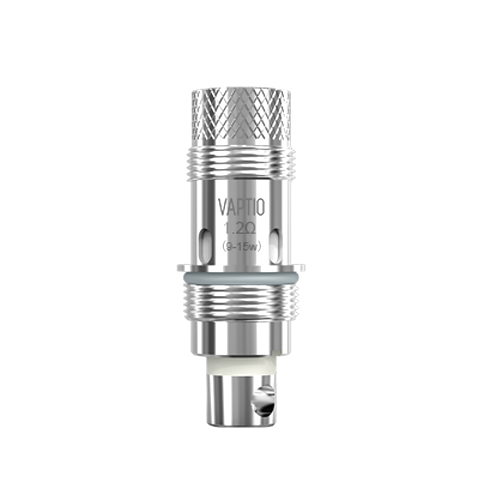“The concurrent use of substances among high school students such as cigarettes, alcohol, marijuana, and other illicit drugs is among the most potent predictors of their morbidity and mortality,” write the researchers from the School of Social Work at the University of Illinois and the Suzanne Dworak-Peck School of Social Work at the University of Southern California.
Fear not, despite vaping not featuring in the title or opening introduction, Tan, Davis, Smith and Yang find plenty of time to worry about it later on, and, they manage to invent some brilliant facts of their own where they don’t have real ones.
“Recent trends involving e-cigarette and marijuana use among students are concerning. Preventative approaches are needed to curb their simultaneous use among high school students. First, e-cigarette use increased by 900% among high school students between 2011 and 2015.”
Nine hundred whole percent. Wow! That’s a big number.
But wait, “e-cigarettes can be falsely perceived to be a healthier option than combustible cigarettes.”
The team believe they have identified this as a problem because of “polysubstance users [PSU]”, students who consider vaping to be a relatively harmless activity are (they say) more likely to use significant amounts of tobacco, alcohol, marijuana and other drugs. A greater example of conflating causation with correlation you’ll not see for, well, until the next junk science paper from America is published.
“E-cigarette use is an early indicator of openness to trying other drugs,” they continue, citing other junk science papers produced by Jessica Barrington-Trimis and David Leventhal.
Given that the data they present shows over a fifth of the participants using marijuana products, and almost a fifth confessing to binge drinking, it is hard to see how all of this is caused by or linked to beginning with the 10% who say they have ‘ever’ vaped. A more reasonable explanation would be that those who engage in “risky behaviours” are predisposed to try vaping rather than the other way around.
Not that this is Kevin Tan’s take: "Students who scored the highest on sensation-seeking viewed substance use as less harmful than did peers who were low-level users that mostly abstained from drinking, smoking and using drugs. While the high school years are typically a time during which risk-taking and sensation-seeking peak, our results indicate that there are marked differences in sensation-seeking among students who regularly use substances compared with those who don't."
Such a perspective is only possible if you first frame vaping’s relative safety as a lie and therefore paint those who believe it as safer as being in denial.
"Our results reveal that perceptions of e-cigarette use are associated with all patterns of polysubstance use. Health education messages discouraging vaping should continue to be disseminated, given the increasing appeal and broad accessibility of these products among high school students,” added co-author Douglas Smith.
Your results are associated with vaping, Douglas, because that’s where you see future funding coming from.
“There are risks to vaping, and for teens, e-cigarettes may be an initiation into nicotine addiction or into vaping marijuana,” added Smith, already rubbing his hands together thinking of the cheque that will bring.
News from: https://www.planetofthevapes.co.uk/news/vaping-news/2020-08-19_scientists-who-crave-funding.html






